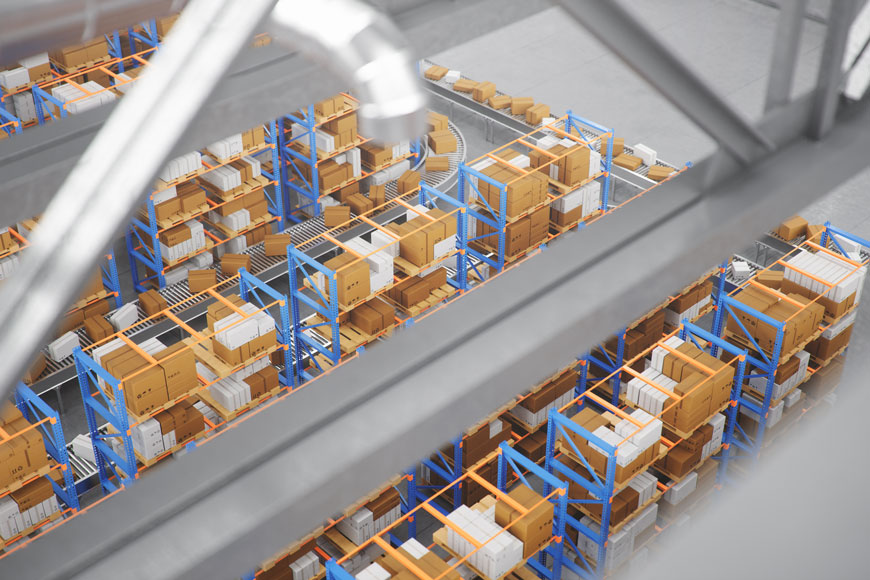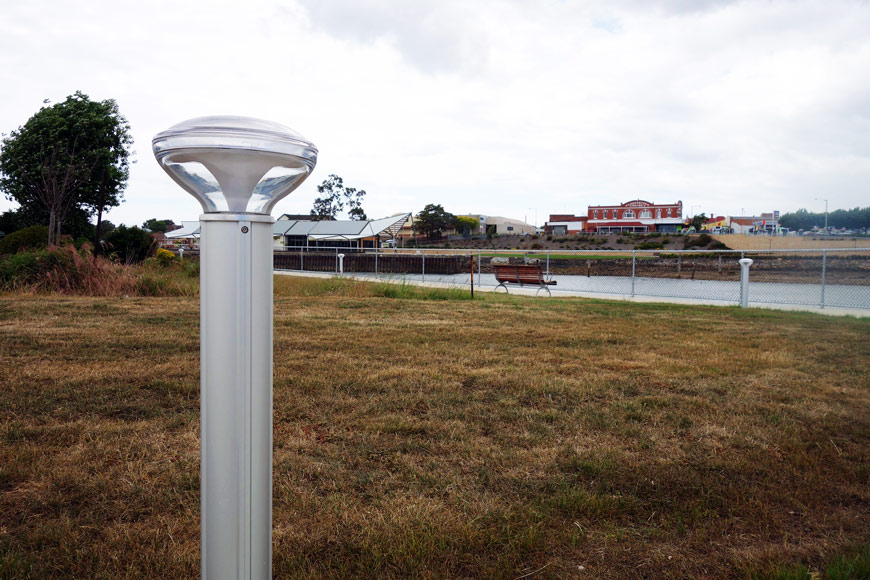The careers that orchestrate production

What is a supply chain?
A supply chain is a system that brings inputs from different places—raw materials, people, information, and services—and creates a finished output for a consumer. In a supply chain, materials are gathered, processed, shipped, received, synthesized, and delivered as a final product.
Many people involved in a business project are part of the supply chain. A farmer harvesting crops or a truck driver bringing a shipment to a warehouse are each a link. Supply chain jobs, however, are those that watch and manage these relationships. Logisticians, supply chain managers, and buyers monitor and adjust how these links come together.

Logisticians and supply chain managers
The titles “logistician” and “supply chain manager” are used interchangeably at some companies. Each is a supply chain job that analyzes and synchronizes purchasing, production, and inventory. At other companies, a change in title suggests a different role within the corporate structure.
Logistician is the more long-standing career title and is still preferred in Europe. Supply Chain Manager is becoming more common in North America.
Historically, logisticians have overseen the flow of materials, people, and processes that help get a product to market. Like the conductor of an orchestra—harmonizing vendors, shippers, warehousing, and packaging—they work to provide the best experience for the customer and to reach defined business goals.
This role is based on the classical, centuries-old model of the military logistics officer. In the military, goods should arrive at the front line efficiently, when needed, and as inexpensively as possible. Corporate logisticians have often worked on a similar model with delivery to the consumer being the end-goal.
In comparison, “supply chain management” is relatively new way of engaging in logistics. It has a slightly different approach. A supply chain manager is focused on optimizing systems to make the company more competitive. In this role, they may suggest strategic changes to company operations, product lines, and other aspects of management. In military parlance, the supply chain manager is a logistics officer who has also become a general. This change is due to the changing nature of the global marketplace. What and how supply chains are constructed may be a company’s greatest strategic advantage.
Many career logisticians end up in tactical roles, regardless of title. Similarly, some supply chain managers spend most of their time in logistics. Some companies will have both roles, with the supply chain manager working as a strategist and the logistician as a problem solver. Often, it is the type of business that determines the scope of these jobs.
Since there is no single standard in the industry, the Bureau of Labor Statistics tracks these roles as logisticians. The following infographic provides the 75th percentile wages to indicate the upper/management salary range for these professions.
The role of the buyer or procurement agent
Buyers and procurement or purchasing agents also have supply chain careers. They perform market surveys, source vendors, get quotations, make bids, monitor larger market conditions, inspect received orders, and follow the ethical and legal best practices of the company.
Although sometimes a buyer or purchasing agent reports to a supply chain manager, they also can have a strategic role. A buyer’s knowledge of market conditions is important to company planning.
Some companies may only have a buyer or purchasing agent, without a manager or logistician in the department. The difference between a buyer and a purchasing agent is often whether they’re in-house staff. A buyer might work for the company, whereas the purchasing agent might be a consultant.

Buyer and purchasing agent salaries
The Bureau of Labor Statistics lists buyers, procurement agents, and purchasing agents together in its survey. Nationally these titles earn a median wage of $62,750 and comprise 0.28% of the workforce.
Sometimes buyers are promoted to logistics or supply chain management. However, these roles can become high-end specialties by themselves; they’re not simply the first step on the supply chain career ladder. A top-level purchasing manager may have equivalent responsibilities and wages to a supply chain manager. The median pay for this managerial role was $118,940 in May of 2018.
Industry needs vary, and with them both expertise and perspective.
Best and worst paid states for buyers and purchasing agents
DC often has higher median wages for professionals as it reflects an urban area; it is an outlier well above the national average.
STATE
MEDIAN WAGE, MAY 2018 OES DATA
District of Columbia
$99,580
Virginia
$75,030
New Jersey
$74,620
Maryland
$74,360
Massachusetts
$71,070
Tennessee
$53,370
Vermont
$52,530
Idaho
$51,860
Louisiana
$50,760
Montana
$45,810
No strong correlation exists between wages and the states with the highest number of buyers per capita.
Procurement professionals make up more than .35% of the workforce in Connecticut, New Hampshire, Kansas, Virginia, and Washington. These are the five states with the highest proportion of these jobs.
The states with the fewest number of buyers are Mississippi, South Carolina, Wyoming, Louisiana, and West Virginia.
These professions are still important in every state, however. West Virginia has the lowest number of procurement employees, who make up .15% of the workforce. Although this number may be low, it is still higher than the national average for those classed as logisticians. Some industries have few material inputs and need the expertise of a savvy buyer rather than someone to coordinate a huge supply chain.

The future of supply chain careers
Supply chains have been gaining complexity ever since the Industrial Revolution meant that shipments could move quickly on rail across continents. Containerization and globalization continued the supply chain revolution. The path from raw material to finished product zig-zags across world, with component objects traveling through specialized factories in far-flung countries, until they settle together at one final factory, ready to be sold.
The age of information is also changing the supply chain. Monitoring, ordering, inventory, and reporting can be done automatically by algorithm. Complexity can be managed in close-to-real time. Supply chain jobs are being affected by these changes.
Computerization means that procurement and buying agents are finding job opportunities in decline. The Bureau of Labor Statistics suggests that overall employment in these careers will decline by 6% between 2018 and 2028, representing a 29,200 lost jobs.
This gloomy outlook is not reflected in logistics; human co-ordination is necessary between many elements of production. Logistics should grow by 5%, or 8,400 jobs, between 2018 and 2028.
And what of supply chain managers, as a separate category? Management analyst positions are expected to grow 14% over the decade. Although this category does not specify supply chain management, there are certainly some supply chain specialists in the field.
Another development is in the construction of circular economies. These economies aim to produce very little waste. Instead, what used to be waste is now used as a resource. This maximizes value and preserve the planet’s limited natural resources. Circular economies are rethinking the supply chain. Innovators are finding exciting opportunities. Supply chain professionals have a close understanding of the field: expertise and creativity in this field will help create the economies of the future.












